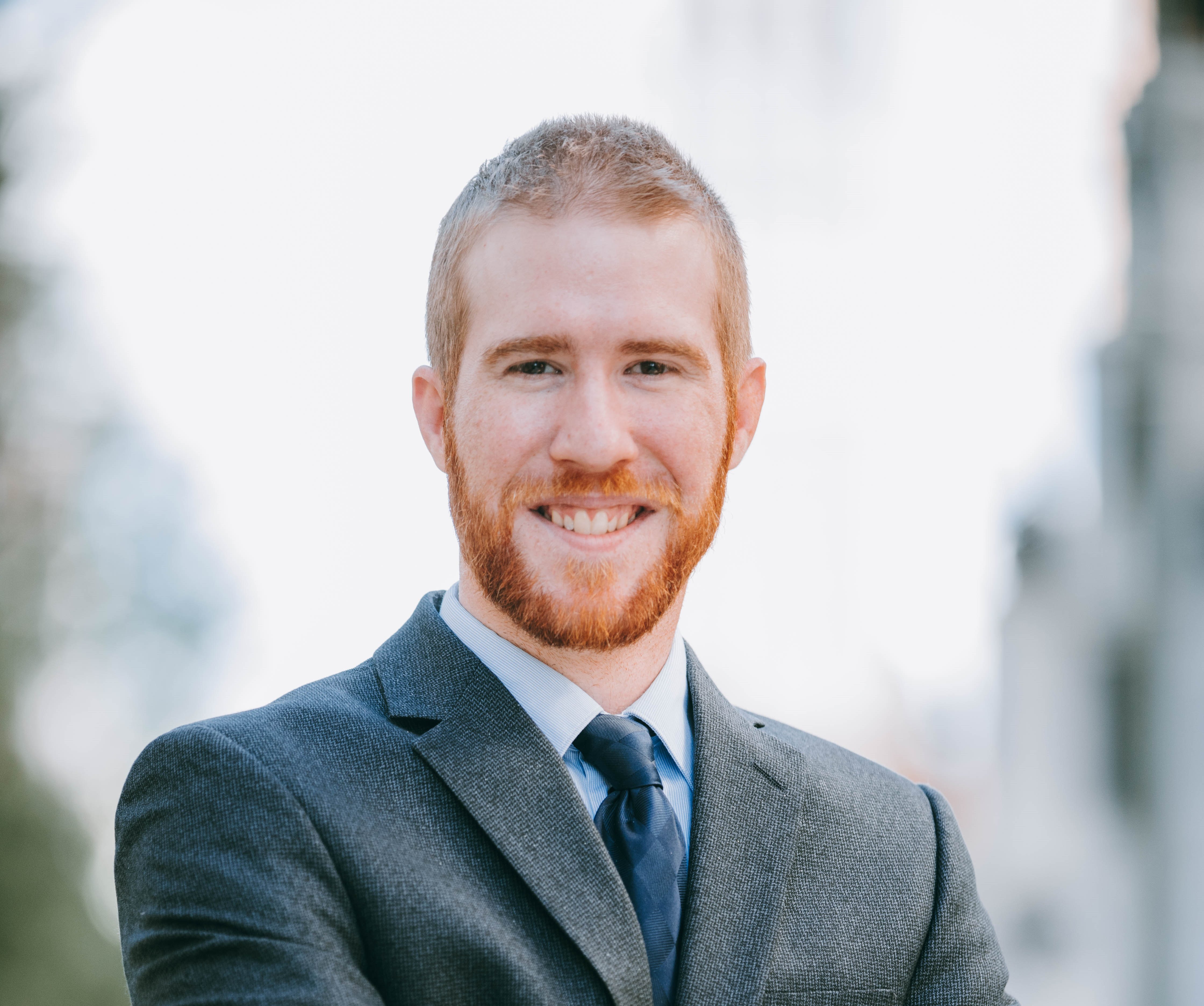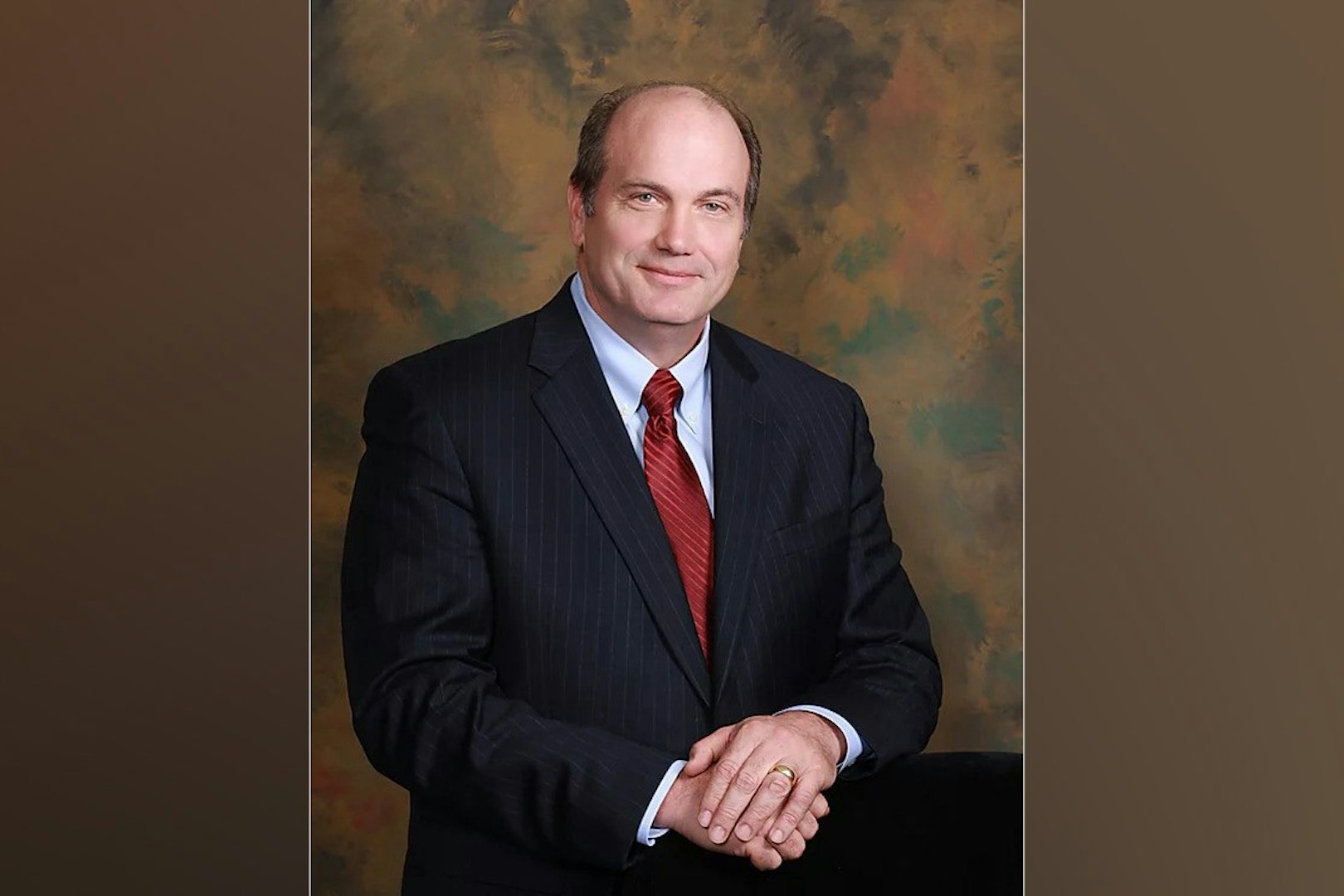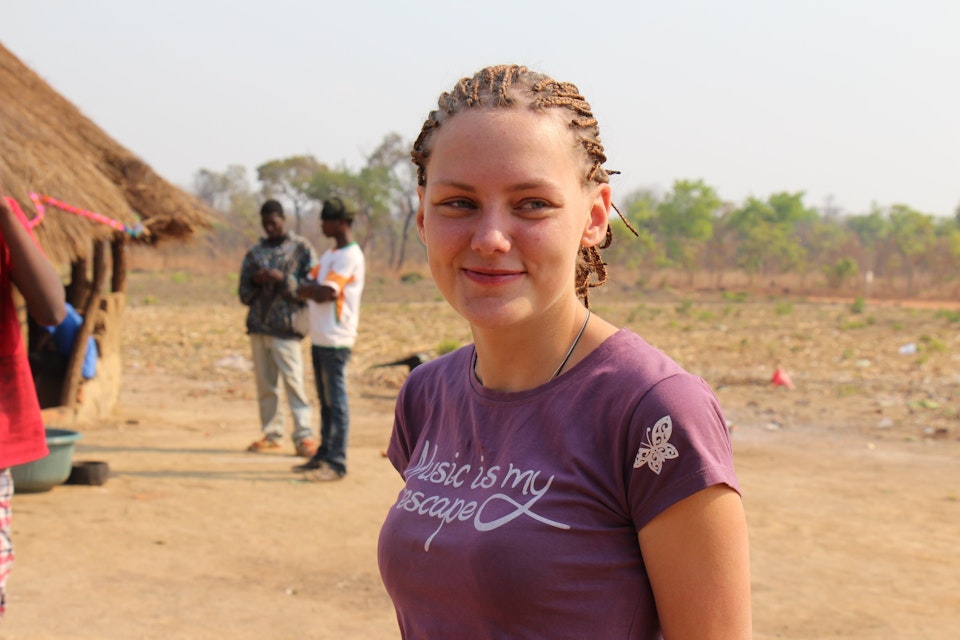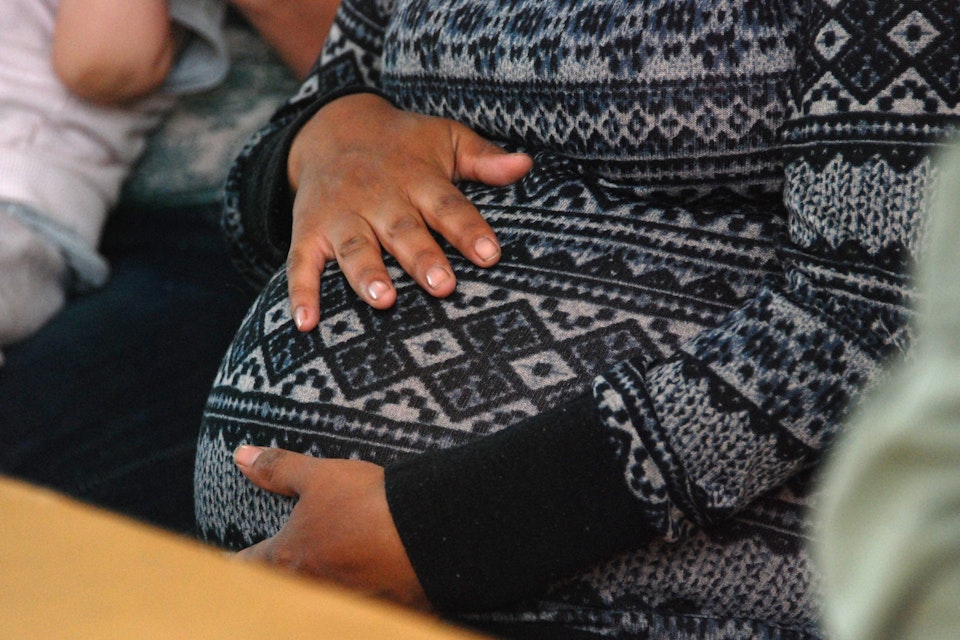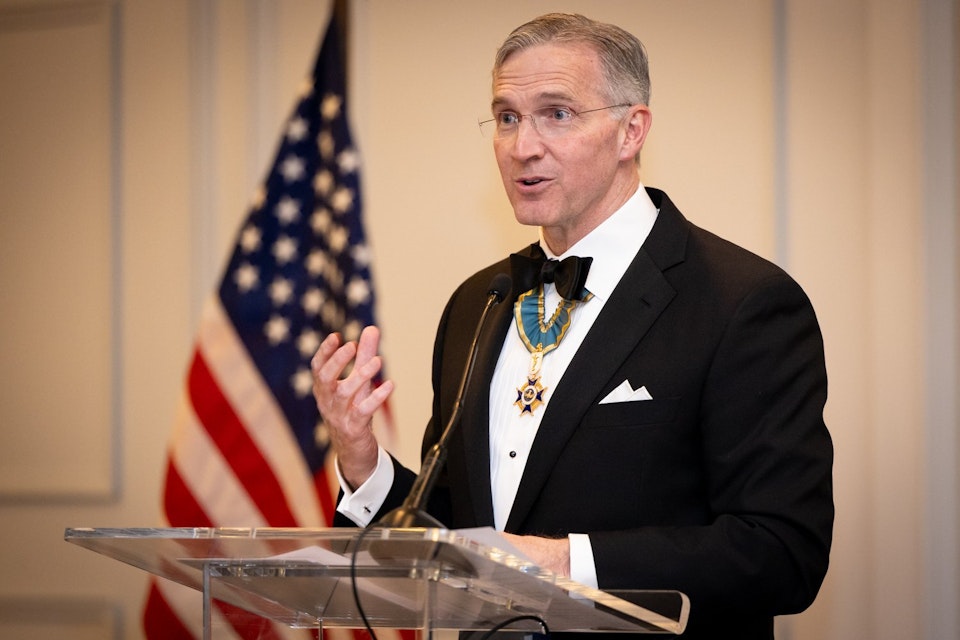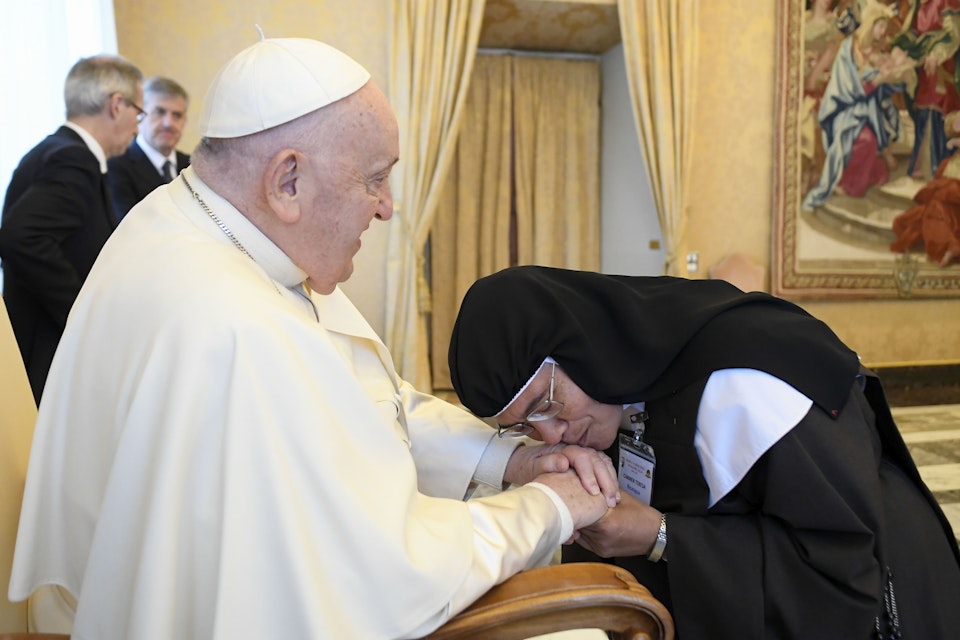Interfaith symposium highlights history of racial, theological antisemitism as faith communities seek to build stronger ties
WEST BLOOMFIELD — A year after a shooting at a Pittsburgh synagogue claimed the lives of 11 Jewish men and women during Shabbat services, Metro Detroit Jews and Catholics gathered Oct. 30 to strengthen their relationship and resolve to work for peace and justice.
Howard Lupovitch, Ph.D., associate professor of history at Wayne State University and director of the Cohn-Haddow Center for Judaic Studies, joined Sacred Heart Major Seminary theology professor Robert Fastiggi, Ph.D., and Alicia Chandler, director of the Metro Detroit Jewish Community Relations Council, for a symposium exploring the history of Jewish-Catholic relations and identifying ways the two faith communities can work together for good.
The symposium at Prince of Peace Parish in West Bloomfield was jointly organized by David Conrad, ecumenical and interfaith relations coordinator for the Archdiocese of Detroit, and the Jewish Community Relations Council.
“The past cannot be changed, but the future is still in our power,” Conrad said, addressing the 90-some people in attendance. “It is because of this, and other good reasons, that we come together this evening to receive insight from and to grow from those wider vistas of perspective and understanding that come to those with genuine curiosity and open minds.”

Also in attendance was Msgr. John Kasza, pastor of St. Therese of Lisieux Parish in Shelby Township, who serves as Archbishop Allen H. Vigneron’s chief officer for interfaith relations.
Reading a statement on behalf of the archbishop, Msgr. Kasza acknowledged the “history of the relationship between Roman Catholics and the Jewish people has often been convoluted.”
“Thankfully, however, as a result of the pioneering work of Angelo Roncalli, who is now St. John XXIII, and the Second Vatican Council, we began to tear down the walls of division and distrust that have plagued our relationship over 2,000 years,” Msgr. Kasza said.
Msgr. Kasza said symposiums like the one at Prince of Peace “encourage learning and dialogue” and challenge Catholics in particular to stand with members of the Jewish community to say “never again” to the kind of antisemitism embodied by the violence at the Tree of Life synagogue in Pittsburgh.
During his address, Lupovitch acknowledged that while antagonism toward Jews has always been a part of world politics, there historically has been a difference between theological and racial antisemitism.
The latter form of antisemitism, which remains the dominant form today, Lupovitch said, “began maybe only 150 to 170 years ago, and its most virulent form was expressed by Hitler and the Nazis.”

By contrast, throughout much of history, “Christian animosity toward Jews, and particularly Catholic animosity toward Jews, was overwhelmingly theological in nature,” Lupovitch said. “It really started from a single accusation: Jews were accused of deicide, of murdering the Lord.”
“When you think about it, that’s a very serious form of murder,” Lupovitch said. “When you are accused of murdering Jesus, it isn’t simply one act of murder. Jesus was regarded to be the embodiment of all that is good in the world, so Jews were seen as the enemy, or the great adversary of all that is good in the world.”
Of course, such a view is today rejected by most Christians, which could be a partial credit to St. Augustine, Lupovitch said, whose toleration of Jews in civic life influenced many of his more virulent anti-Semitic fourth century contemporaries.
While St. Augustine still espoused a certain animosity toward Jews, “there was a widespread belief that whatever Jews were thought to have done, there is space for them in the world of Christendom,” Lupovitch said.
While St. Augustine’s views would still be considered harsh by today’s standards, later Catholic theologians came to more fully appreciate the implications of Jesus’ death, Fastiggi said.
In 1566, the catechism of the Council of Trent taught that Jesus died “because of the sins of all human beings,” Fastiggi said.

“This is interesting,” Fastiggi said. “In fact, it says, Christians are more responsible for Jesus’ death, because we sin, and we should know better.”
Fastiggi also noted that in the Nicene Creed, Jesus is proclaimed to have “suffered under Pontius Pilate,” not under Caiaphas or the Jewish high priest.
“If we subscribe to the theory of collective guilt, and Pontius Pilate was Roman, then those of us with Roman or Italian descent, we’re guilty,” Fastiggi said.
While there were certainly dark spots throughout Church history with regard to the treatment of Jews — including persecutions during the Spanish inquisition and expulsions from various Catholic nations — the Church itself eventually developed an appreciation for the Catholic-Jewish relationship.
“There are two historical, concrete realities we cannot deny if we’re Christian,” Fastiggi said. “One is, Jesus was born of Mary. We can’t separate our faith from the mother of Jesus, because she’s his link to Judaism, and she’s his link to the human race. The other is (Jesus’ own) link with Judaism.”
Just before the Second Vatican Council, Fastiggi said, Pope Pius XI put this relationship into concrete terms.
“In a discourse on Sept. 6, 1938, Pope Pius XI says, ‘I tell you, it is impossible for a Christian to take part in antisemitism. It is inadmissible. Through Christ and in Christ, we are the spiritual progeny of Abraham. Spiritually, we are all Semites,’” Fastiggi said. “That was a great moment.”

Another great moment — perhaps the most important development to this day — came with the Second Vatican Council’s development of Nostra Aetate, the declaration on the Relation of the Church with Non-Christian Religions,” said Chandler, who gave the evening’s third address.
“I believe the developments of the last 100 years, and more specifically, the 50 or so years since Nostra Aetate, has been nothing less than a modern miracle,” Chandler said. “Nostra Aetate teaches us that no matter the difficulties of history, no matter the troubled times, we can go from this claim of deicide to the closest of friendships.”
That close friendship has been immensely strengthened by the last few popes, Chandler said, including Pope Francis, who understands the spirit behind the document “to his core.”
“Over the last 50 years, we’ve seen the development of close institutional ties between the Catholic Church and the Jewish communities. We have seen commitment to this relationship at the highest levels,” Chandler said.
As the relationship continues to develop into the 21st century, it’s imperative for the Catholic and Jewish communities to continue to collaborate on the local level, Chandler said, including hosting symposiums such as the one at Prince of Peace.
“As this relationship goes forward, we need to reach the laity,” Chandler said. “We really need to create that permanent, cultural friendship, knowledge and understanding. We need to know each other.”
Doing so means overcoming stereotypes of members of both religions perpetuated by the mainstream media, Chandler said, and continuing to dialogue on both official and unofficial channels.
“If the Catholic-Jewish relationship can overcome 2,000 years of history to become the friends we are today, then nothing in this world is impossible,” Chandler said. “The future of the Catholic-Jewish relationship depends on you.”
An earlier version of this story misidentified the parish where Msgr. John Kasza serves.

